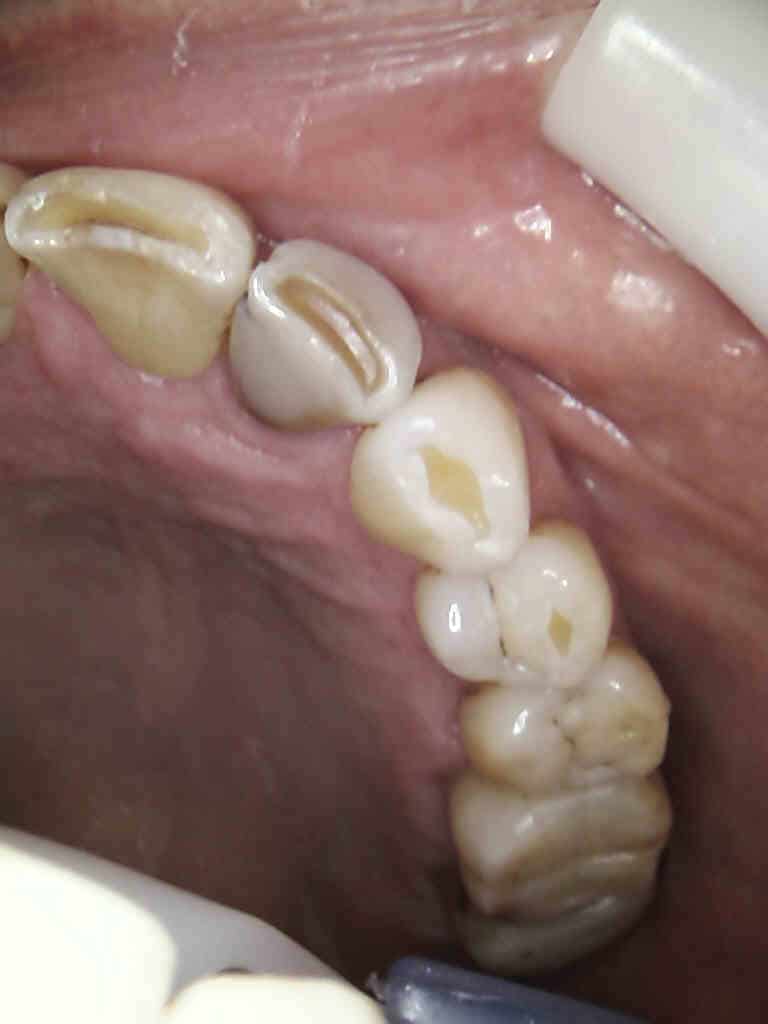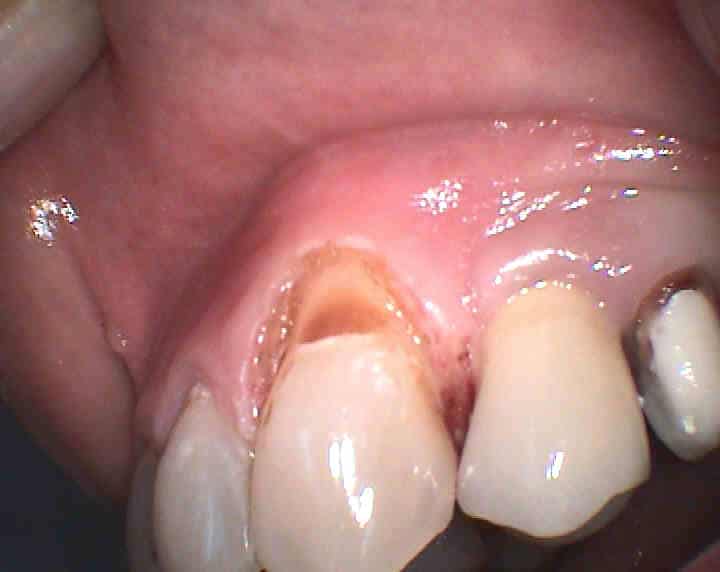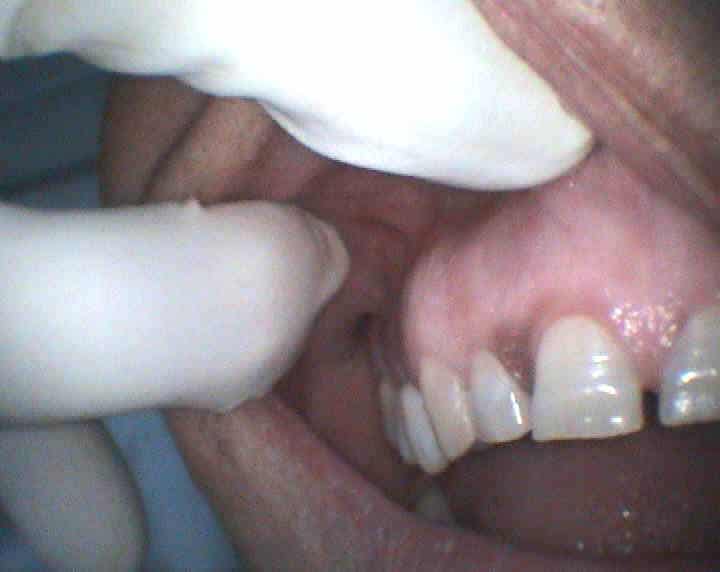Since the early 1960s, lasers have been used in medicine and dentistry. Research and studies have prepared the pathway for cavity preparation without pain and discomfort. Different wavelengths have been tested with variable results and several lasers have shown serious side-effects which could cause damage to dentin and enamel while insufficiently cutting dental hard tissues. Stimulated emission from Er3+ ions in crystals of yttrium, aluminum and garnet was presented in 1975, preparing the pathway to a new type of laser called Er:YAG. Its emitted wavelength of 2940 nm matches exactly the maximal absorption in water, being about 15 times higher than the absorption of a CO2 laser and 20,000 times that of a Nd:YAG laser. Also well absorbed in hydroxyapatite, this laser seems to have been made for effective removal of dentin and enamel with only minor side-effects such as thermal damage. The potential of Er:YAG lasers (ERL) for the ablation of hard tissue in dentistry was demonstrated already in 1989. Since its first introduction for dental use in 1992, Er:YAG lasers have been increasingly used in dental practice and are becoming more and more a comfortable method for caries removal for patients, as conventional cavity drilling may cause noise and pain. An increasing number of manufacturers have marketed Er:YAG lasers (ERL) since 1997, when this type of laser received FDA approval for caries removal and cavity preparation in the United States.
Autori
Carl Bader
Ivo Krejci


